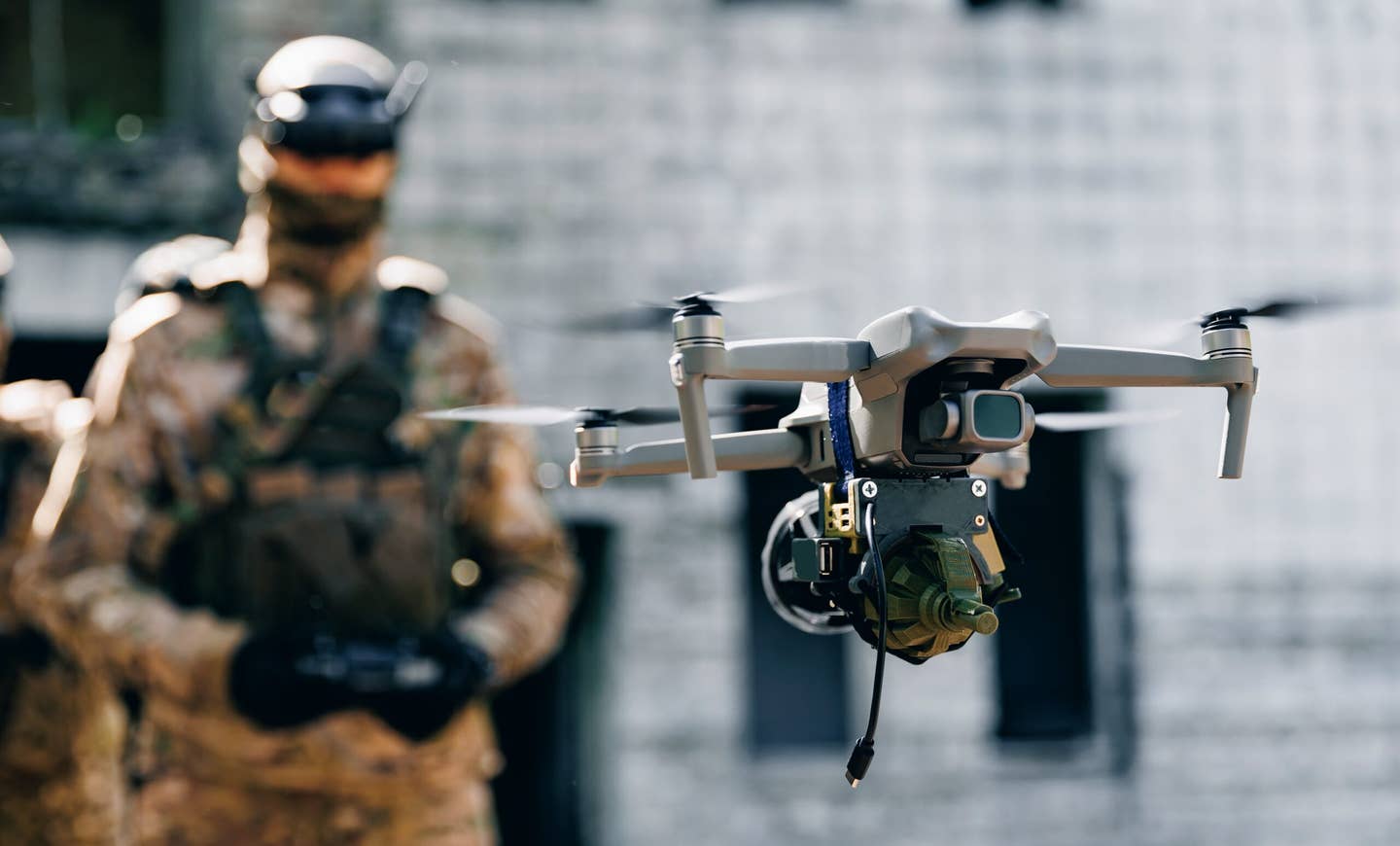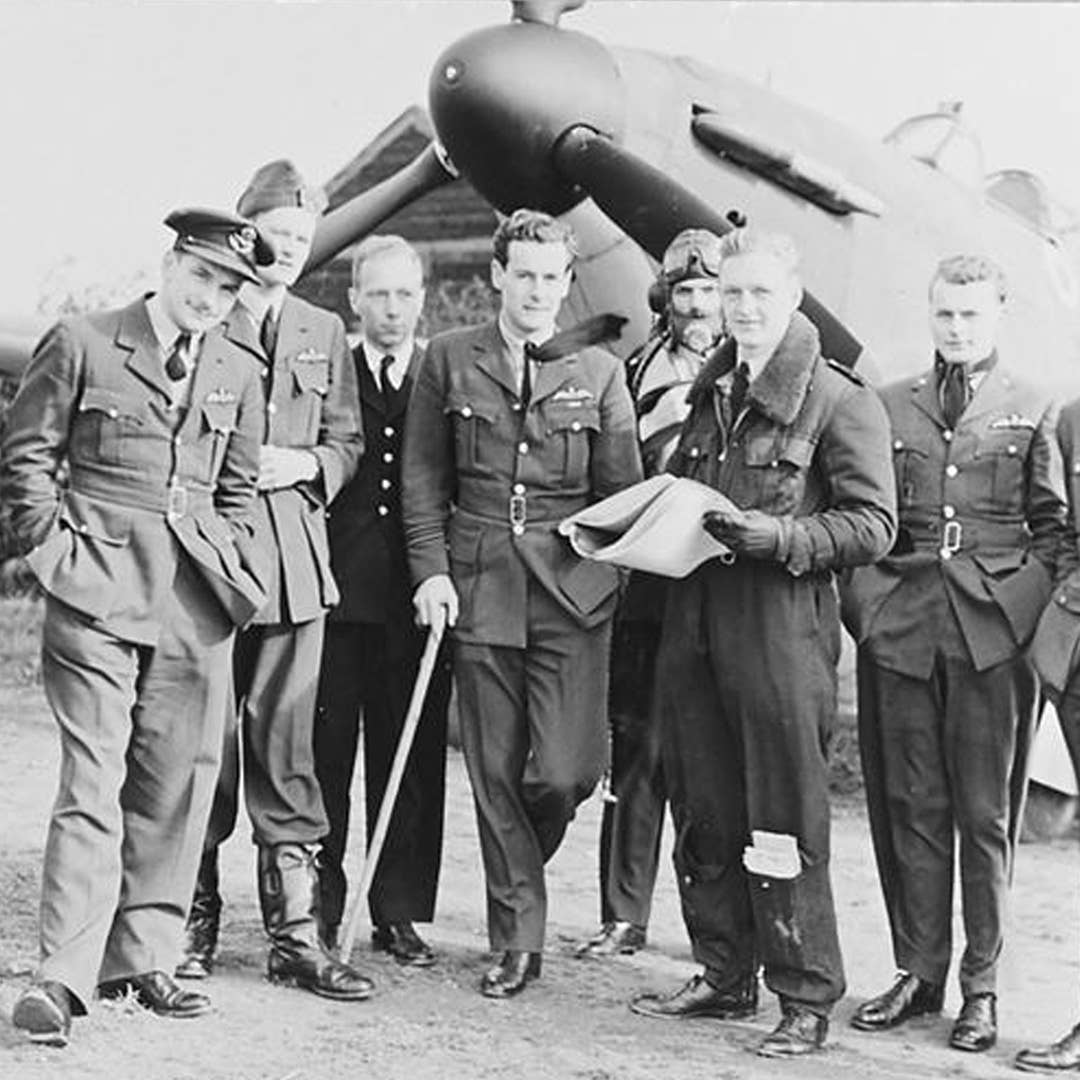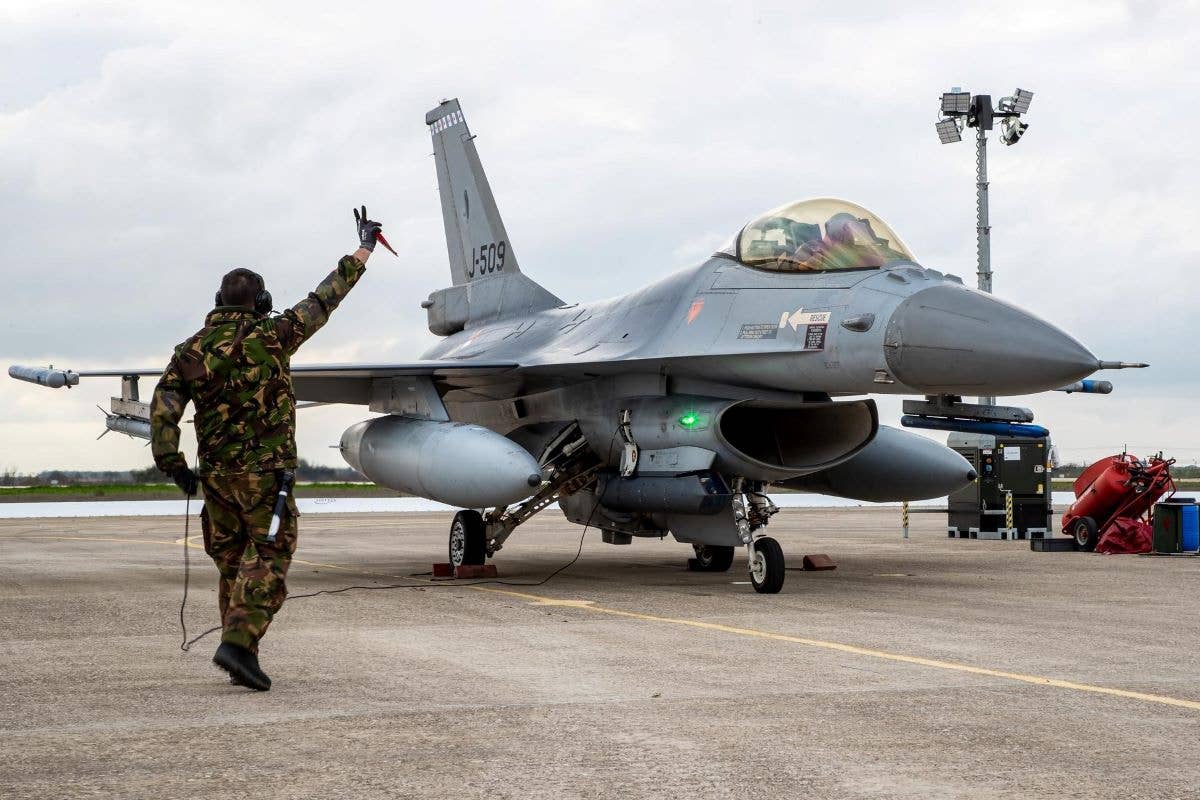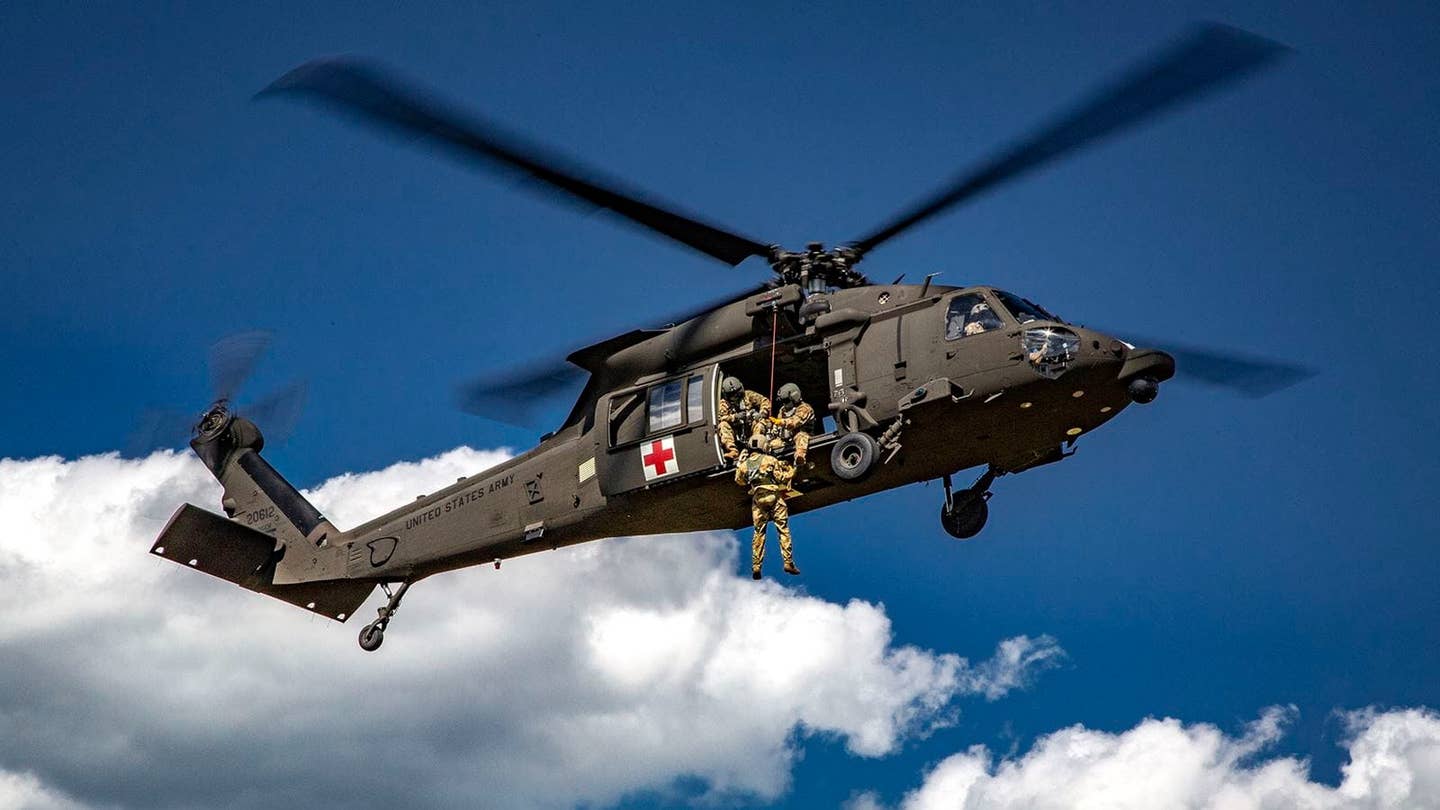Higher Rates of Cancer for Military Pilots, Ground Crew, DOD Study Finds
Military pilots are 87 percent more likely to contract melanoma compared with the general population, according to DOD.
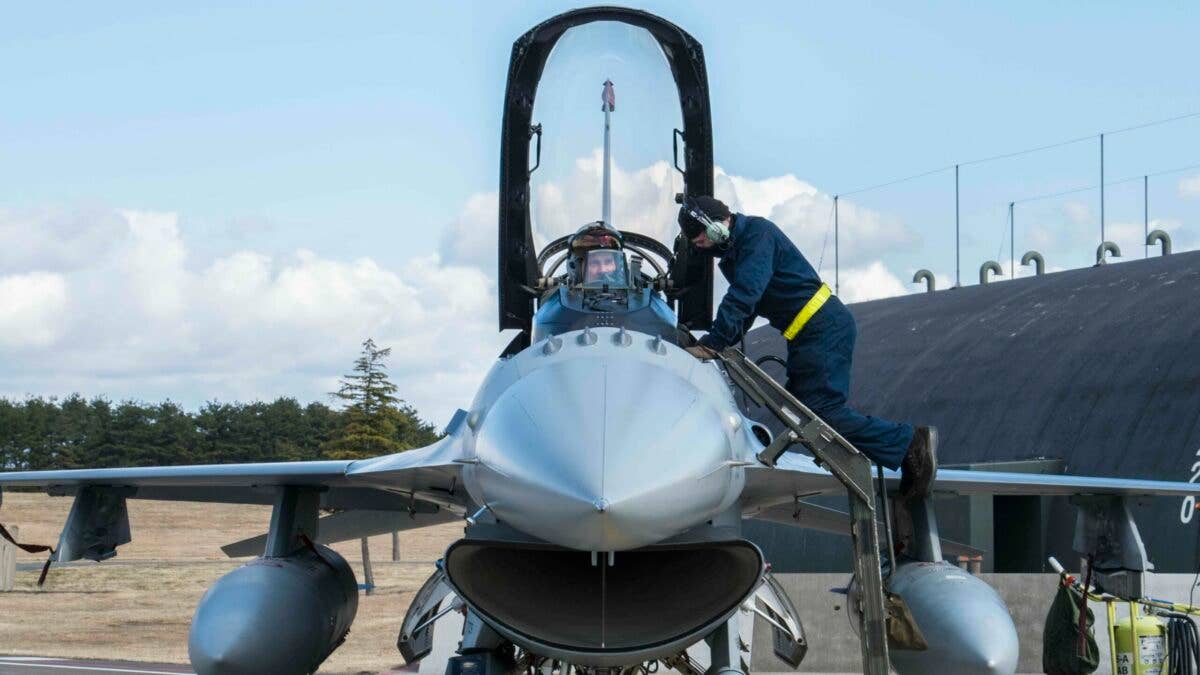
A crew chief helps secure a pilot of an F-16 Fighting Falcon during an exercise at Misawa Air Base, Japan. [Courtesy: U.S. Air Force]
The recently completed first phase of a Defense Department epidemiologic study finds that active duty military aviators and aviation ground crew are more likely to be diagnosed with certain types of cancer when compared with the general population of the United States.
In some cases, the statistics are staggering.
The study found that after adjusting for age, sex, and race, aircrew members were 24 percent more likely to be diagnosed with cancer, while ground crew were 3 percent more likely to contract cancer.
The numbers were more dramatic for certain types of cancer. For example, aviators had an 87 percent higher rate of melanoma, 39 percent higher rate of thyroid cancer, and a 16 percent higher rate of prostate cancer. Ground crew members had a 19 percent higher rate of brain and nervous system cancers, a 15 percent higher rate of thyroid cancer, a nine percent higher rate of melanoma, and a 9 percent higher rate of kidney and renal pelvis cancers, the report said.
Despite higher rates of diagnoses, both air and ground crews had similar or lower mortality rates for all types of cancer compared with the population at large, according to the study.
For the study, which draws on personnel data collected from 1992 to 2017, military officials surveyed the health records of 156,050 pilots, aircrew members, and 737,891 ground crew.
Results of the "Study on the Incidence of Cancer Diagnosis and Mortality Among Military Aviators and Aviation Support Personnel" represents one of the most comprehensive analyses of military aviation cancer, Air & Space Forces Magazine reported.
“The findings of this study suggest that aircrew and ground crew who served in the military relatively recently have a higher incidence of cancer compared to individuals in the U.S. population.” the report’s authors said. “This finding cannot be generalized to members who served prior to 1990 because it does not include all members who served prior to this date. It also does not imply that military service in aircrew or ground crew occupations causes cancer, because there are multiple potential confounding factors that could not be controlled for in this analysis.”
The study’s authors emphasized that a number of factors limit any conclusions drawn from their research.
“Results should be interpreted in the context of the study’s limitations, with the primary limitation being that this study likely underreported the number of military cancer cases since data from the Department of Veterans Affairs (VA) and civilian cancer registries were not included,” the report said. The results also excluded National Guard and Reserve personnel.
Defense officials said the findings of the study’s first phase require that the research continues into a second phase aimed at investigating and identifying “the specific occupational and environmental risk factors associated with the increased risk of the cancers identified in the Phase 1 study.”

Sign-up for newsletters & special offers!
Get the latest FLYING stories & special offers delivered directly to your inbox

